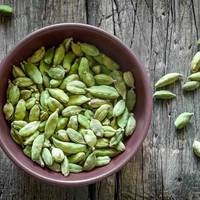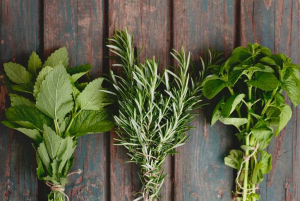 Are you interested in keeping your detox delicious? Would you like to bring digestive bacteria into balance while enjoying delicious food too? Many of our common culinary herbs that we love are also powerful antibacterial herbs with many other benefits. These herbs give our foods their distinctive character and flavour. Many of them are carminative too, helping to relax the smooth muscles surrounding the digestive system. In this article I share three of my favourite antibacterial kitchen herbs that can be used safely every day.
Are you interested in keeping your detox delicious? Would you like to bring digestive bacteria into balance while enjoying delicious food too? Many of our common culinary herbs that we love are also powerful antibacterial herbs with many other benefits. These herbs give our foods their distinctive character and flavour. Many of them are carminative too, helping to relax the smooth muscles surrounding the digestive system. In this article I share three of my favourite antibacterial kitchen herbs that can be used safely every day.
1. Ginger
Ginger has been used for thousands of years for its antimicrobial properties (I like to call it microbe modulating) and has been carried around in my purse from time to time for three years. Some people carry Advil and I carry plants… Plants smell better.
Ginger has several properties to be considered when choosing this herb. Ginger has also been used for its anti-inflammatory, warming, circulatory stimulating and expectorant properties. People use ginger to help stimulate faster immunity to a cold or flu and for arthritis, headaches and circulation issues particularly at the extremities. Ginger can be great for pain because it does quite well with reducing immune imbalances at the root cause.
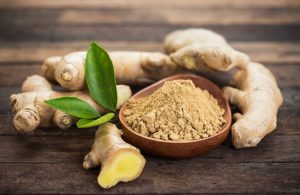 I often take ginger as a tea or a fresh juice and really enjoy its warming and stimulating properties along with its microbe modulating benefits. The character of the fresh juice is very very different from the character of the boiled root in a tea or a straight ginger/garlic “soup”. The cooked ginger tea can actually feel way spicier and more concentrated.
I often take ginger as a tea or a fresh juice and really enjoy its warming and stimulating properties along with its microbe modulating benefits. The character of the fresh juice is very very different from the character of the boiled root in a tea or a straight ginger/garlic “soup”. The cooked ginger tea can actually feel way spicier and more concentrated.
Some of my family love those ginger candies but I’m not convinced they are really doing anything helpful and I haven’t been able to create an amazing sugar-free alternative! Yet. Some people take ginger before bed to stimulate small intestinal motility in the digestive tract which can be very helpful to keep food moving so that it does not feed the bad bacteria in an unhealthy way. This is a job for 1000-2000 mg (a couple grams) of ginger powder or extract. If this sounds like the right herb for you give ginger a try!
2. Rosemary
Rosemary, the herb of remembrance. I love to drink just straight rosemary tea or mix it with my peppermint. Rosemary increases the flow of oxygen to areas all over the body including the mind. This may be why it seems to bring increased mental clarity. I know I love to drink rosemary tea when I am doing some thinking, writing or planning articles. Rosemary has been used for circulatory issues just like our other two herbs ginger and cinnamon. Rosemary is warming as well. Rosemary has been used for cramping and bloating in the digestive system. I have included rosemary here because it has antibacterial and anti fungal properties and has been used for candida, both the oil and the herb itself. There is some evidence that rosemary does not kill the friendly flora in the body but only some of the pathogenic bacteria and yeasts. A word of warning is that although some rosemary essential oils are edible they are strong medicine so make sure to start slowly and take care of yourself. Try mixing the fresh herb with others in salad dressings or marinating mushrooms with it. I love rosemary with lime and berries in desserts.
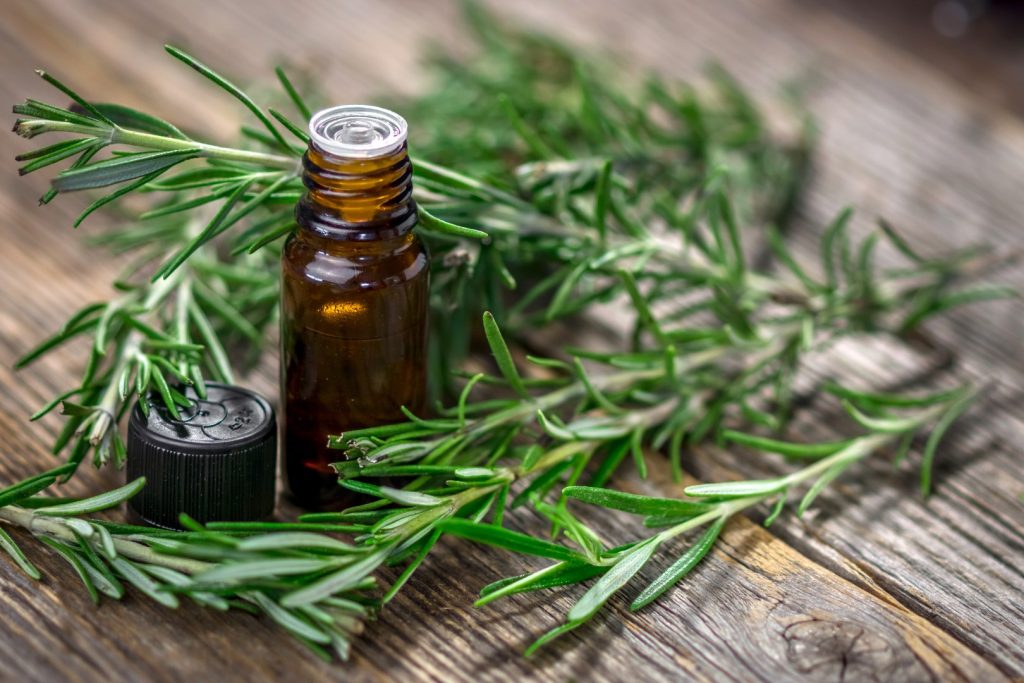
3. Cinnamon
Another stimulating, warming and drying herb, cinnamon has so many virtues I’m not sure where to get started. It does have those microbial modulating qualities we’re looking for here and of course tastes really good in a chai tea.
Cinnamon has blood sugar lowering properties and has been used digestively for its astringent qualities too. Astringents can actually help tissues to tighten in the digestive system. Cinnamon is one of the arch enemies of the evil candida, the scourge of the digestive tract 🙂 It is slightly demulcent so can create a bit of a healing soothing gel as it travels through the body and this is often overlooked because of its many other amazing properties. Cinnamon has been used as a blood thinner so if you are already on blood thinners be careful adding this.
Cinnamon can be taken as a tea or a tincture and of course in my favourite foods. I do love the spicy… Cinnamon has also been used to increase circulation. This applies to our extremities but also to increase circulation to the digestive system too. This means better coordinated digestive muscles, more digestive hormones and enzymes and better movement of the immune system. Cinnamon is sometimes used as an anti-diarrhea herb although I have no personal experience with it in this way. Cinnamon is often included in toothpaste, rinses and other tooth products because of its antibacterial and astringent properties.

Cinnamon is high in nutrients and antioxidants just in case you needed another reason to love and include it regularly. I find cinnamon also a sneaky way to cover up the flavours of other herbs if I am trying to sneak adaptogens or mushrooms into anything because of its strong yet familiar flavour. Many of the studies featuring cinnamon for the uses above have been using more concentrated encapsulated doses but it is my personal belief that using cinnamon as a culinary spice has many many great benefits including the ones we have talked about and more. As with any herb there is a pre-digestive effect, the effect on our microbiomes, the effect of the herb itself on our biochemistry and the effects of how it alters our digestive bacteria and environment on our other systems too.
The power of these simple herbs above cannot be overstated… And I bet you have them in your kitchen right now. Enjoy your cup of chai or rosemary marinated vegetables knowing you are bringing balance to your digestion and enjoying the myriad health benefits these herbs possess.
Read more
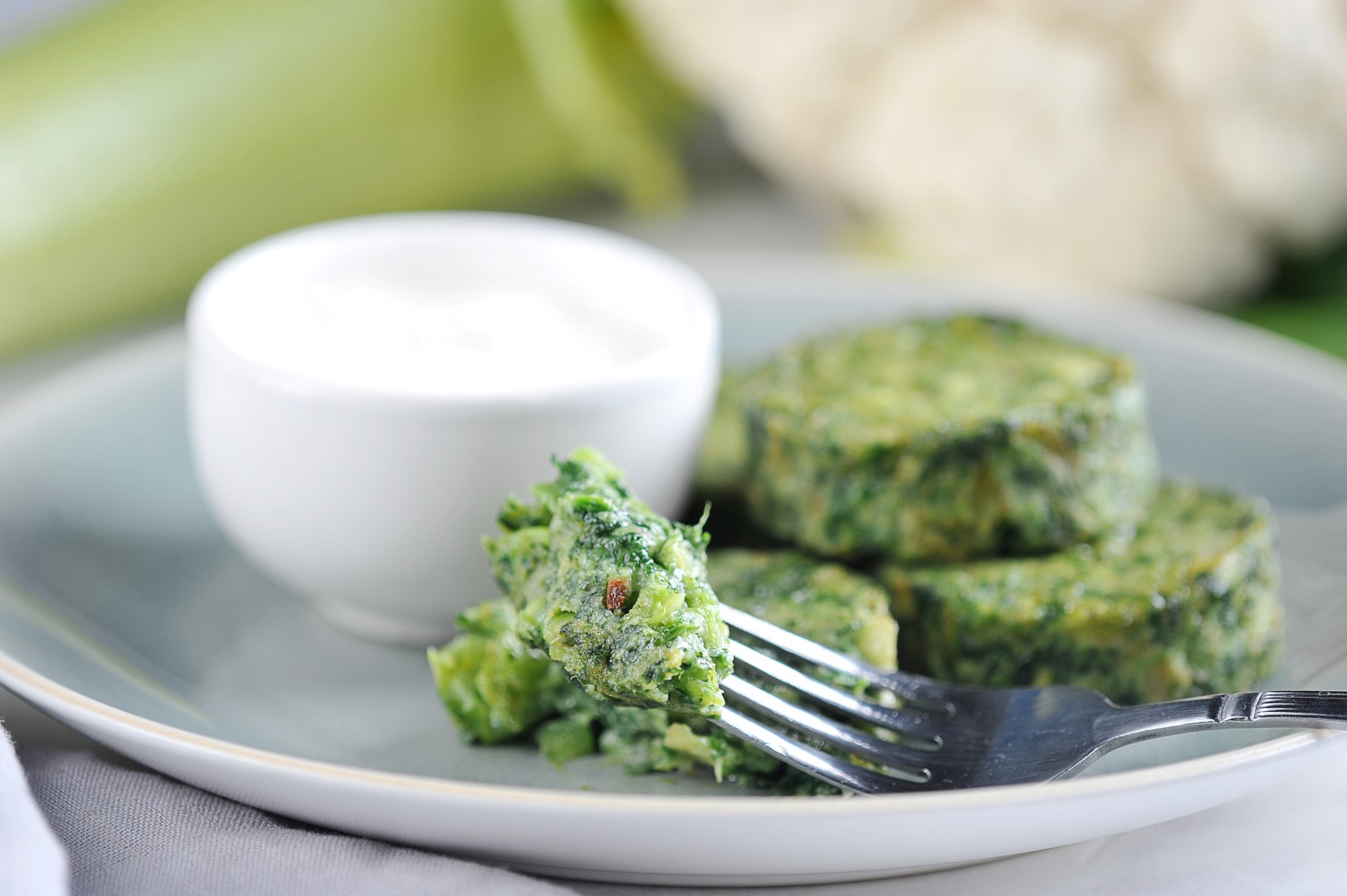
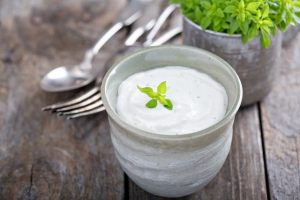



 I often take ginger as a tea or a fresh juice and really enjoy its warming and stimulating properties along with its microbe modulating benefits. The character of the fresh juice is very very different from the character of the boiled root in a tea or a straight ginger/garlic “soup”. The cooked ginger tea can actually feel way spicier and more concentrated.
I often take ginger as a tea or a fresh juice and really enjoy its warming and stimulating properties along with its microbe modulating benefits. The character of the fresh juice is very very different from the character of the boiled root in a tea or a straight ginger/garlic “soup”. The cooked ginger tea can actually feel way spicier and more concentrated.

